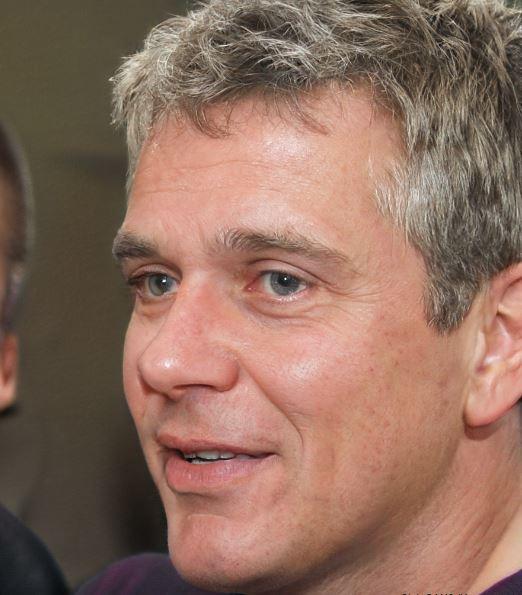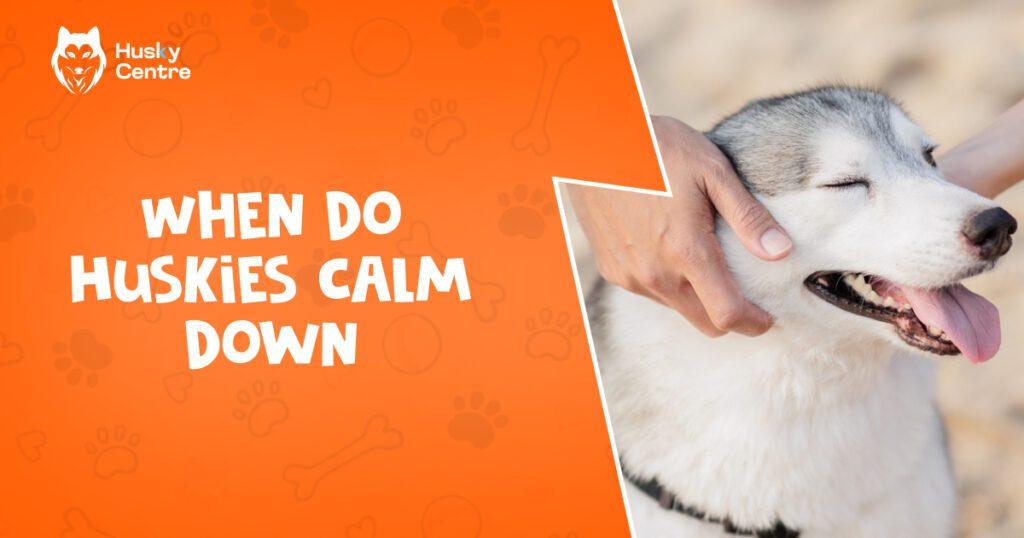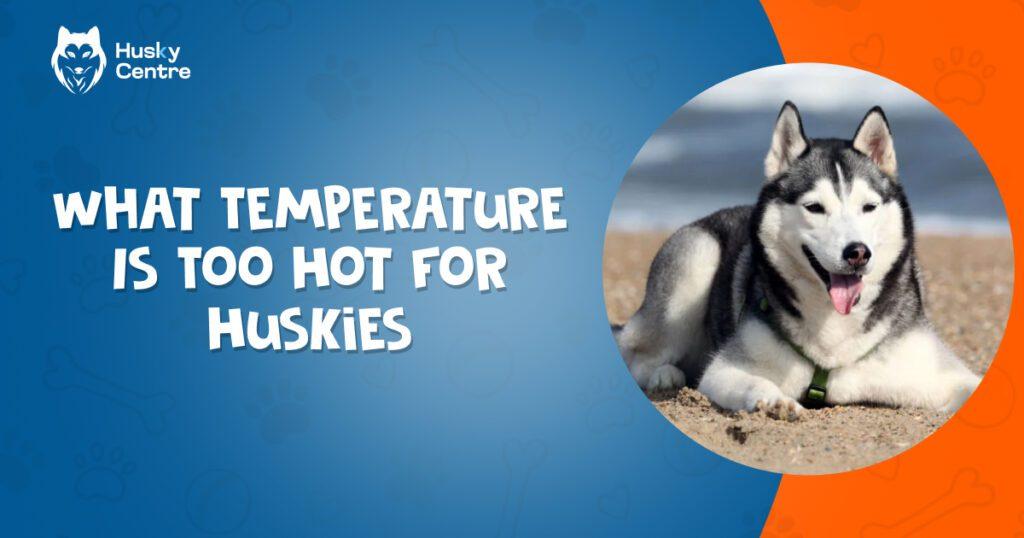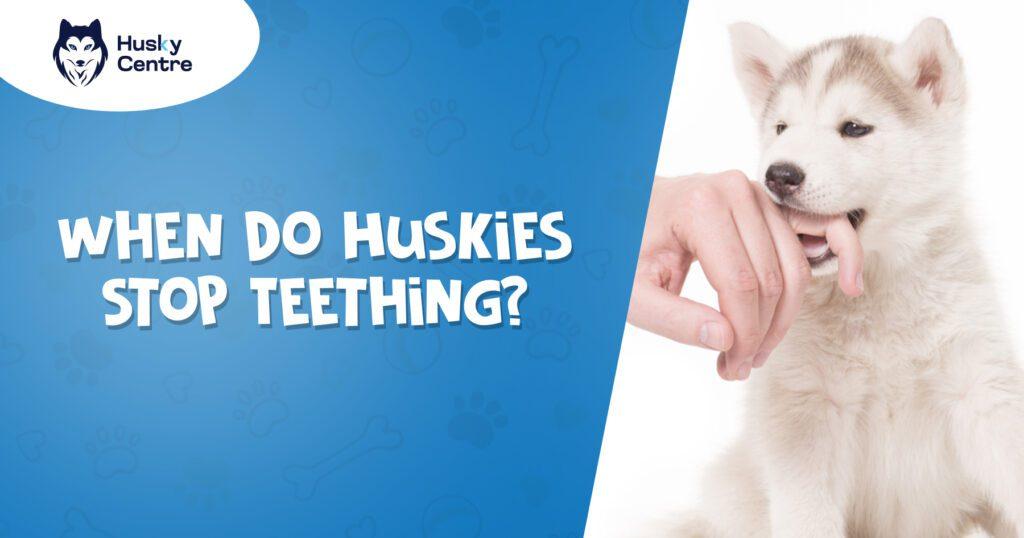Huskies typically calm down around 2 to 3 years of age. Individual temperament and training can influence this timeframe.
Huskies are known for their high energy levels and playful nature. As puppies, they are often full of boundless energy, curiosity, and mischief. This can be challenging for owners, especially those unfamiliar with the breed’s needs. Exercise, mental stimulation, and consistent training are key to managing their exuberance.
Around the age of 2 to 3 years, many Huskies begin to mellow out. This doesn’t mean they become sedentary, but they generally show a more balanced and calmer demeanor. Understanding their development stages helps owners provide the appropriate care and activities to nurture a well-adjusted adult Husky.
Husky Energy Levels
Huskies are known for their high energy levels. Many Husky owners wonder when their furry friends will calm down. Huskies are naturally active and full of life, making them a handful at times. Understanding their energy levels can help manage their behavior.
Bred For Work
Huskies were originally bred for work. They were used to pull sleds across snowy terrains. This background makes them incredibly energetic and resilient. Here are some key points about their working nature:
- High Endurance: Huskies can run for miles without getting tired.
- Strong Instincts: They have a natural urge to be active and busy.
- Need for Exercise: Huskies require regular physical activity to stay happy.
Given their history, Huskies have retained these traits. They need plenty of exercise and mental stimulation. Without it, they can become restless and even destructive. Owners should plan daily activities to keep their Huskies engaged.
Maturity Vs. Calm
Huskies typically start to calm down as they mature. But maturity doesn’t mean they will become couch potatoes. Here’s what to expect:
- Puppy Phase: Huskies are most energetic during their puppy phase, which lasts up to 2 years.
- Adolescence: Between 2 to 4 years, Huskies begin to mature but still have high energy.
- Adulthood: After 4 years, they start to mellow out, though they remain active.
Training and socialization play a big role in managing their energy. Consistent training helps Huskies learn to control their impulses. Socialization helps them feel comfortable and less anxious, which can also reduce hyperactive behavior.
Individual Variations
Not all Huskies are the same. Individual variations can affect their energy levels. Some factors include:
- Genetics: Some Huskies are naturally more laid-back due to their genetic makeup.
- Health: A healthy Husky is usually more active. Health issues can lower their energy.
- Diet: Proper nutrition can influence a Husky’s energy levels.
Owners should observe their Husky’s behavior and adjust their care routine accordingly. Knowing your Husky’s specific needs can help manage their energy levels more effectively. Always consult with a vet to rule out any health issues if your Husky shows unusual behavior.
Managing Husky Energy
Huskies are known for their boundless energy and playful nature. Many owners wonder, “When do Huskies calm down?” Managing Husky energy is crucial for a harmonious home. This includes physical exercise, mental stimulation, and providing structure and consistency. Let’s explore how to manage your Husky’s energy effectively.
Physical Exercise
Huskies need plenty of physical activity. Without it, they can become restless and destructive. Aim for at least two hours of exercise each day. This helps burn off their excess energy.
- Daily Walks: Long walks are essential. Aim for at least 30 minutes in the morning and evening.
- Running: Huskies love to run. Consider taking them to a secure, open space where they can sprint freely.
- Playtime: Engage in interactive games like fetch or tug-of-war. These activities keep them active and happy.
- Dog Parks: Socializing with other dogs in a park provides both exercise and mental stimulation.
Here is a simple exercise schedule:
| Time | Activity |
| Morning | 30-minute walk |
| Afternoon | Play fetch |
| Evening | 30-minute walk |
Mental Stimulation
Physical exercise alone isn’t enough. Huskies also need mental stimulation. Keeping their minds engaged prevents boredom and unwanted behavior. Here are some ideas:
- Puzzle Toys: Toys that dispense treats when solved keep Huskies entertained for hours.
- Training Sessions: Teach new commands or tricks. This challenges their minds and reinforces good behavior.
- Interactive Games: Hide-and-seek or scent games can be very stimulating.
- Obstacle Courses: Create a simple agility course in your backyard. This adds both physical and mental challenges.
Consider setting aside 15-20 minutes daily for these activities. Consistent mental stimulation can significantly calm your Husky.
Providing Structure & Consistency
Huskies thrive on routine and clear expectations. Providing structure and consistency helps them feel secure and well-behaved.
- Set a Routine: Establish regular times for feeding, walking, and play. This helps your Husky know what to expect each day.
- Consistent Commands: Use the same commands for specific behaviors. This reinforces learning and obedience.
- Positive Reinforcement: Reward good behavior with treats or praise. This encourages your Husky to repeat those actions.
- Boundaries: Set clear boundaries in your home. Use baby gates or designated areas to manage their space.
Consistency in training and daily routines builds trust and reduces anxiety. A well-structured environment makes a calmer Husky.
Living With A High-energy Husky
Living with a high-energy Husky can be both a joy and a challenge, especially for first-time owners. These spirited dogs are known for their boundless energy, playful nature, and strong-willed personalities. Understanding the different stages of a Husky’s life can help you manage your energy levels and enjoy a harmonious life together.
Puppyhood Challenges
Husky puppies are bundles of energy and curiosity. During this stage, they require constant attention and stimulation to prevent destructive behaviors. Here are some challenges you might face:
- Chewing: Huskies love to chew. Provide plenty of chew toys to save your furniture.
- Training: Consistent training is crucial. Use positive reinforcement techniques.
- Exercise: Puppies need at least an hour of exercise daily. This includes walks, playtime, and mental stimulation.
To manage these challenges, create a routine. Huskies thrive on structure. Incorporate different activities to keep them engaged. Below is a sample daily routine for a Husky puppy:
| Time | Activity |
| 7:00 AM | Morning walk |
| 8:00 AM | Breakfast |
| 10:00 AM | Playtime |
| 1:00 PM | Training session |
| 3:00 PM | Afternoon walk |
| 6:00 PM | Dinner |
| 8:00 PM | Evening playtime |
Apartment Living
Living in an apartment with a Husky can be challenging. These dogs need space to run and play. Here are some tips to make apartment living easier:
- Daily Exercise: Ensure your Husky gets plenty of exercise. This includes long walks and trips to the dog park.
- Interactive Toys: Use puzzle toys to keep them mentally stimulated.
- Noise Control: Huskies can be vocal. Train them to reduce barking to avoid disturbing neighbors.
It’s essential to create a comfortable and stimulating environment for your Husky. Consider the following:
| Item | Description |
| Crate | A safe space for your Husky to relax. |
| Interactive Toys | Toys that challenge their mind and keep them busy. |
| Dog Park Visits | Regular trips to the park for exercise and socialization. |
Senior Huskies
As Huskies age, their energy levels decrease. Senior Huskies still need regular exercise but at a gentler pace. Here are some considerations for senior Huskies:
- Health Checks: Regular vet visits are crucial to monitor their health.
- Gentle Exercise: Shorter, more frequent walks are better than long, strenuous activities.
- Comfortable Bedding: Provide a soft bed to support aging joints.
Senior Huskies may also experience changes in behavior. They might become more affectionate or develop new quirks. It’s important to adapt to their needs and provide a comfortable environment. Consider the following for senior Huskies:
| Need | Solution |
| Joint Support | Provide orthopedic beds and joint supplements. |
| Gentle Play | Engage in less strenuous play activities. |
| Mental Stimulation | Use brain games to keep their mind active. |
List Of Issues Why And When Huskies Calm Down
Huskies are known for their energetic and playful nature. Many owners wonder, “When do huskies calm down?” Understanding the factors that influence their behavior can help you manage their energy levels. This section will outline a list of issues why and when huskies calm down.
Health Issues
Health problems can impact a husky’s energy levels. Illnesses or injuries may cause them to become more subdued. Regular vet check-ups ensure they are in good health.
Age And Maturity
Age plays a significant role in a husky’s behavior. Younger huskies are often more energetic. As they mature, they tend to calm down. Typically, you will see a noticeable difference after they turn two years old.
Exercise And Activity
Huskies need ample exercise to burn off energy. Lack of physical activity can lead to restlessness. Daily walks and play sessions help them stay calm. A well-exercised husky is generally more relaxed.
Training And Socialization
Proper training can influence a husky’s behavior. Socialization with other dogs and people also contributes to a calmer demeanor. Training sessions teach them discipline and self-control.
Environment And Routine
The environment where a husky lives affects their behavior. A stable and predictable routine helps them feel secure. Sudden changes can cause anxiety and hyperactivity.
Genetics And Breed Traits
Genetics play a role in a husky’s temperament. Some huskies are naturally calmer due to their lineage. Understanding your husky’s breed traits helps manage expectations.
| Issue | Impact on Behavior |
| Health Issues | Can cause them to be more subdued |
| Age and Maturity | Noticeable calmness after age two |
| Exercise and Activity | More relaxed with ample exercise |
| Training and Socialization | Training teaches discipline |
| Environment and Routine | A stable routine helps them feel secure |
| Genetics and Breed Traits | Genetics influence temperament |
Frequently Asked Questions
Do Huskies Mellow With Age?
Yes, Huskies tend to mellow with age. They become calmer and more relaxed as they mature, usually around 2-3 years. Regular exercise and training help in managing their energy levels.
How Do I Get My Husky To Calm Down?
Exercise your husky daily with long walks and playtime. Provide mental stimulation with toys and training. Establish a consistent routine. Create a calm environment at home. Consider professional training if needed.
At What Age Do Siberian Huskies Slow Down?
Siberian Huskies typically slow down around 7-9 years of age. Their energy levels decrease as they mature.
How Long Does It Take For A Husky To Settle Down?
Huskies typically settle down by 2 to 3 years of age. Proper training and regular exercise help speed up this process.
Conclusion
Understanding when Huskies calm down helps in better managing their energy. Patience and consistent training are essential. Proper exercise and mental stimulation play significant roles. Each Husky is unique, so timelines may vary. With dedication, your Husky will eventually settle down, becoming a loyal and calmer companion.
Enjoy the journey together!


Meet Jarred, the heart and soul behind HukyCentre. With a deep affection for furry friends, he pours his passion into every word he writes. His genuine love for dogs shines through in his engaging and informative content. As a dedicated dog enthusiast, Jarred’s goal is to share valuable insights and tips that resonate with fellow dog lovers. Join Jarred on the journey as he celebrates the joy and companionship that dogs bring into our lives.



